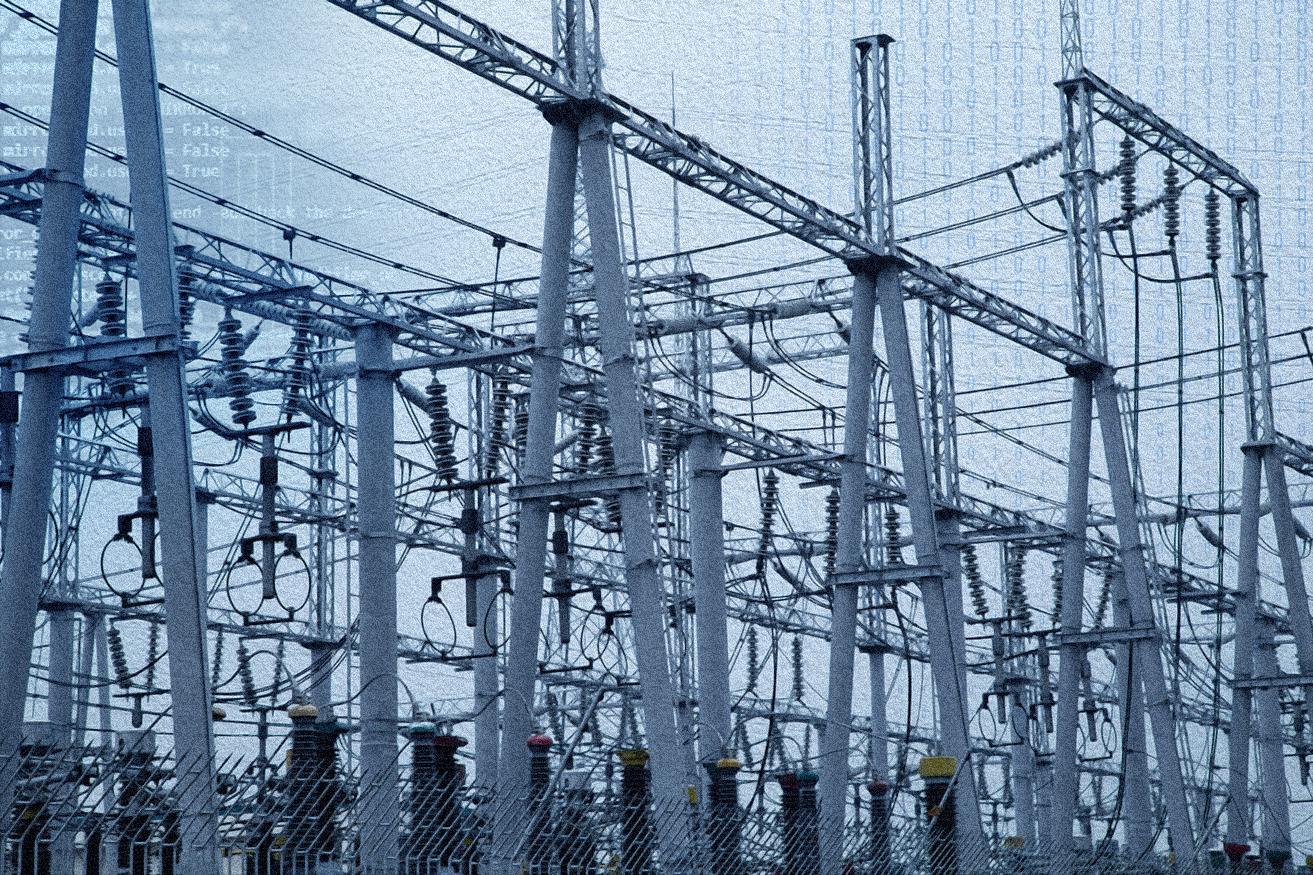Executive Summary
The power grid is evolving to incorporate an influx of distributed energy resources (DERs) and to handle bi-directional input/output from solar panels, wind turbines, batteries, and integrated microgrids. Combining this evolution with the need to reduce cost and improve safety and security has resulted in a more complex operation.

These new demands on the grid could make performing operational and maintenance tasks more challenging and more costly using traditional operational technology. Overcoming these challenges requires a convergence of information and operational technologies that includes distributed computing to augment centralized Supervisory Control and Data Acquisition (SCADA) performance and analytics. Edge servers located in transmission and distribution substations can collect all real-time data from sensor and intelligent electronic devices, generate alarms and adjusting control setpoints to rapidly respond to situations, and continuously monitor the condition of equipment and generate historical knowledge of equipment behavior. These actions can help optimize the maintenance strategy and enable new operating modes, such as islanding sections of the grid during emergency situations.
To product these benefits, the edge servers must perform under extreme environmental conditions related to temperature, dust, humidity, electromagnetic interference, and other factors specific to transmission and distribution substations. Crystal Group designs and manufactures such ruggedized edge servers – built to withstand the latest Intel technology – that not only withstand severe conditions, but can deliver the compute power needed to evaluate mission-critical infrastructure along the grid.